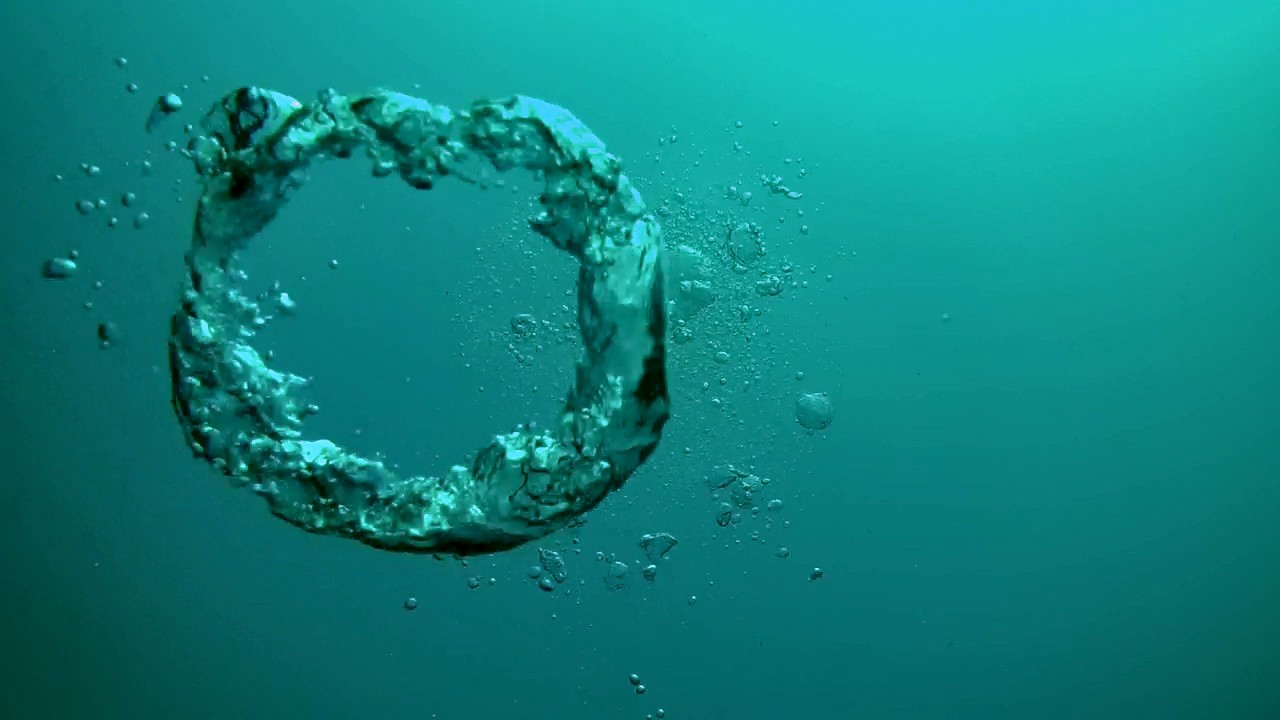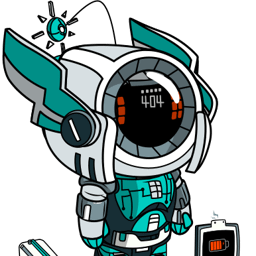My guess is that it takes the output of the "exit" command and writes it to .bashrc. I believe this would make it impossible to open the terminal, but it could just close the terminal and do nothing instead.
"wipefs -a" instantly removes filesystem signatures. It's fast, doesn't actually delete data but is just as effective in most cases where you're not worried about someone trying to recover it. Much faster than rm on /. As far as the OS is concerned the drive is then empty.
"nvme format" is also fast.
youngsters and their tools... we just used to dd some /dev/zero onto the block device and ^C out of it after a second or two... :D
I don't know about how exactly to do it, but I do have an idea or two.
-
Something that will reflash the firmware on as many devices as possible using garbage data. At least the UEFI.
-
Filling most of the drive space, leaving let's say 50MB, then overwriting those 50MB repeatedly to damage the hardware itself. I suppose you could do the same with RAM. If we're dealing with PMR/CMR HDD, then you should just be able to write to specific sectors without doing it by filling the rest.
-
If present, keep ejecting the DVD drive. Either the mechanism dies or someone accidentally bumps into the open tray and breaks it off.
-
Keep hard rebooting the laptop after some time. It may corrupt some data, and put the blame on hardware. The hard reboot can be done by
echo b > /proc/sysrq-triggerThis will need magic SysRq compiled into the kernel, and power off/reboot enabled. The latter can be done by enabling all magic SysRq functionsecho 1 > /proc/sys/kernel/sysrqor just reboot/power off with "128".
-
I don't think there's anything shorter or more elegant than this really. When you're right you're right.
These days the GNU rm specifically warns you and asks you to confirm before proceeding
I can't remember but having my hard drive encrypted, I believe there is a single file that messing with it would render the drive not decryptable.
Here is the command that will render a LUKS encrypted device un recoverable
From the documentation.5.4 How do I securely erase a LUKS container?
For LUKS, if you are in a desperate hurry, overwrite the LUKS header and key-slot area. For LUKS1 and LUKS2, just be generous and overwrite the first 100MB. A single overwrite with zeros should be enough. If you anticipate being in a desperate hurry, prepare the command beforehand. Example with /dev/sde1 as the LUKS partition and default parameters:
head -c 100000000 /dev/zero > /dev/sde1; sync
I was a newbie user, telling a friend of mine about
rm -rf /*. I typed it in a hit Enter, telling him it doesn't harm since I didn't entersudo. But I'd forgotten that I have still permission to delete my home directory. 🥲😂dd if=/dev/urandom of=/dev/sdxwill overwrite every single byte of /dev/sdx with random data. Replace /dev/sdx with the drive you want to wipe. Optionally, specify a larger block size to speed it up more.alias cp="rm -rf"bonus points for putting it into the shells RC file.
Not as destructive as deleting root, but a lot more sneakier







